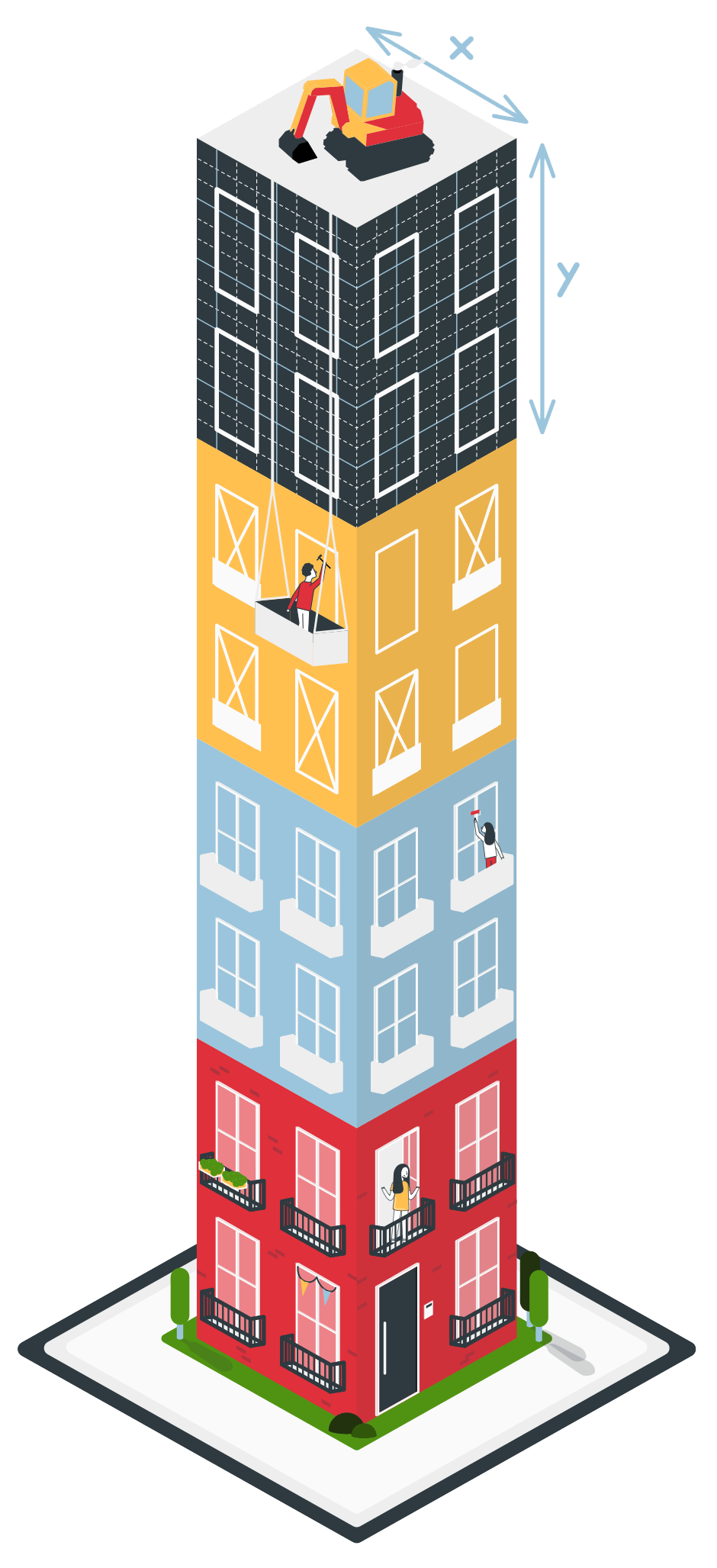The seven stages of software development

The software development cycle has evolved over time, in line with technological change and new programing methodologies.
The software development cycle has evolved over time, in line with technological change and new programing methodologies. Subject-matter specialists, academics and even companies have successively redefined, regrouped or renamed the stages of development, putting their own stamp on some version of the cycle. What hasn’t changed is that the software development cycle is still a process that brings a software solution to life, from ideation through conceptualisation to final achievement. The software development cycle is not so much a recipe as an organic and agile process capable of adapting to changes, surprises and new requirements.
Software development companies must educate their clients on their development cycle. They just can’t assume that their clients know what it is, or that it even exists. Our clients and partners are diverse: lone visionaries, seasoned entrepreneurs or well-established companies of all sizes. What they do have in common is that when their path crosses or merges with Spiria’s, it means that they want to see the accomplishment of a project or the fulfillment of their idea. Explaining the cycle to our clients shows them that our work is grounded in a solid process and methodology.

The literature about the software development cycle is endless, but here is a basic breakdown of the basic stages:
1. Planning
This initial phase sets the stage for estimating the cost and duration of the project based on a high-level understanding of client needs and objectives. Various aspects of the project are addressed with the client during exploratory meetings and analysis, for example, the client’s business context, their technological transition process, their internal and external users. All this information yields a better understanding of the risks and issues at stake, and a more reliable assessment of the costs and requirements of the project.
2. Requirements
This stage is another, more advanced version of the Planning stage, with added detail and specifications, to obtain a comprehensive list of needs and objectives. These needs and objectives translate into features that are prioritized by the team in software design and development “sprints”.
3. Design and prototyping
Once the requirements are defined, the solution architecture can be mapped out. It can take various forms. For example, it can be based on the technological architecture (hardware and software), on the various interfaces that interact with different services or applications, or on data sources. Or, a User Experience (UX) assessment can be used to build wireframes to validate the User Interface (UI), user-friendliness and efficiency of navigation within the software. Various proofs of concept can lead to prototypes, which can be validated and tested on the front-end before tackling the next stage.
4. Software Development
As the name says, this is the stage when developers code the solution (front-end and back-end) and connect the interfaces to reach defined objectives. Under the Agile methodology, this is an iterative process. Clients can monitor, test and approve the existing, coded and future features. This allows the team to deliver an operational solution based on the needs prioritized in the sprints.
5. Testing and quality assurance
Throughout the development phase, the solution undergoes various tests to validate its behaviour and features. The teams and the client follow test plans and examine test results. All this takes place in a testing, or “staging” environment, which is a separate environment from the one in which the final solution is deployed. During this phase, there is a constant feedback loop between quality assurance and developers to eliminate problems, or bugs. At implementation time, the deployment phase is already underway.
6. Deployment
Deployment is the final stage, when software development and testing is complete. At this stage, the solution is migrated to the client environment or to the production environment. Alert and control features are implemented in view of the maintenance phase.
7. Maintenance
Typically, at this stage, the solution is handed over to a new team. This new team is like a post-implementation customer service team. After a period of software monitoring and stabilisation, the support and maintenance team remains attuned to client requests. Any changes or enhancement requests are addressed based on their scope and the terms of service set out in the Service Level Agreement. If the level of effort of any change requests effectively constitutes a whole new project, the software development cycle can start from the beginning.
Carlo Rossi.
